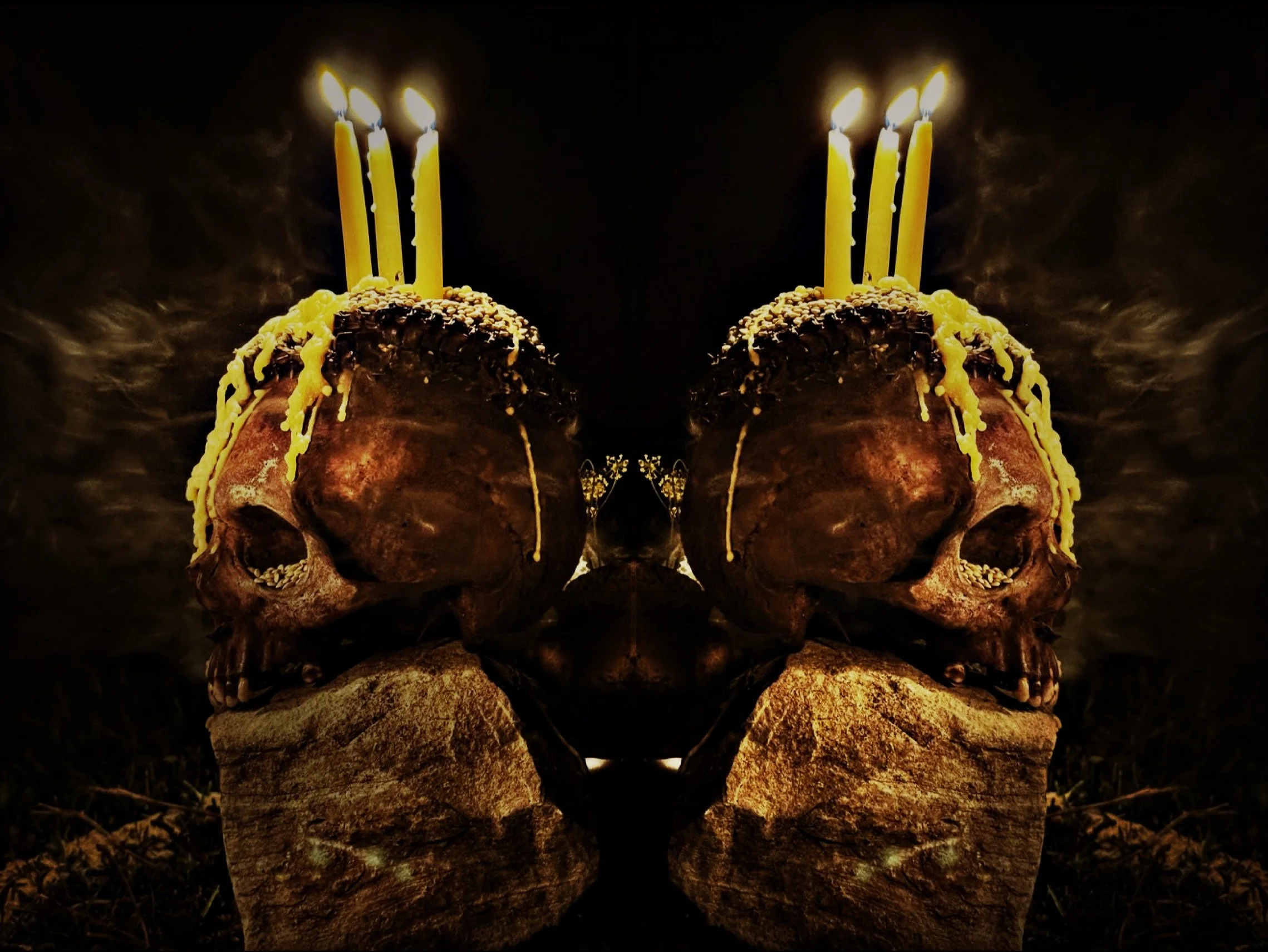Goêteia in History #1
Part I
Tracing the thread of goêteia back through time means following those cultural artifacts of Western history that reveal how the living engaged with the dead — and with the chthonic underworld that lies beneath their graves. In most cases this leads us to literary testimonies from antiquity, the Middle Ages, and the modern period. What holds true for nearly the entire corpus of such evidence is that it was recorded by outsiders, and mainly by ardent critics of these practices.
Before we begin to read these testimonies, we should ask ourselves why we possess them at all. If their authors had no intention of documenting goêteia or making it comprehensible, then what were they aiming at instead? In most cases, the answer falls into one or more of the following three categories.
First, goêteia, as a form of chthonic sorcery, provided a compelling narrative device — a poetically stylized means of producing specific effects on the reader. As we shall see, its literary deployment was most often intended to evoke fear and wonder, disgust and dread, or, just as easily, a sense of malice, trickery and deceit.
Second, we encounter goêtic testimonies because authors sought to distance their own ritual work from it. In this case, the discourse serves not an aesthetic but a socio-political function: through processes of othering and deliberate construction of an antagonistic stereotype, goêteia was cast as a foil against which one’s own practice could be dignified, legitimized, and presented as socially vital. This holds true, as we shall see, for Plato’s depictions all the way to Christian polemics.
Finally, there is a more prosaic reason we still possess books about goêteia: they sold well. Alongside cheap novels and pornographic pamphlets, one finds the shady shelf of self-titled black-magic, necromantic, and goêtic grimoires. Their chief promise was to bring the unattainable within one’s grasp with minimal effort — except, of course, for the moral compromise, which readers usually required no help to supply. They offered more wealth and health, more power and prestige, more attack and dominion. In other words, they were anarchic life-hacks — pretending to offer maximal gains with minimal education, open to all. However sensational or mercenary this motive may appear in the sources of the early modern period, it is unapologetically goêtic in essence. Here we witness the common folk, seizing upon an assemblage of profoundly taboo techniques that undermine all existing hierarchies of power and distribution. Self-empowerment through intimate alliance with deities and daemons, lares and familiars has been the core program of the goêtic art for more than two and a half millennia. Unsurprisingly, our craft was never met with social tolerance or sympathetic open arms by any community that left a record of it.
Goêteia as a literary tradition, if this ever genuinely existed, is thus a domain that has not only been consistently misunderstood, but, as the authors who record it demonstrate, has been deliberately exploited for their own purposes. Any attempt to reconstruct actual goêtic practice from ink-and-paper sources is therefore undertaken against better knowledge. What we can recover are not techniques promising chthonic skill and daemonic encounter, but the shadowy outlines of an art that has long fascinated, repelled, and enchanted societies — and, more than most other instruments of slander, proved highly effective in pushing adversaries outside the realm of the socially acceptable.
All technical descriptions of goêtic rituals — and here I include even Homer’s accounts, no matter how ancient — are roughly equivalent to an average person trying to explain the inner workings of a mobile phone. ‘Yes,’ they say, ‘there’s a chip, a battery, and an antenna inside, a screen in front, plastic or metal in the back, and — voilà — you can speak to the whole world.’ Descriptions of goêtic rites read in much the same way: ‘Yes, form a circle here, dig a pit there, pour in some blood, recite a hymn, oh yes, preferably at midnight, and — voilà — you can speak with gods, daemons, and the dead.’ In both cases, one can say the description is not wrong — yet far from sufficient to reconstruct the actual technology.
In my own books on goêteia, I try to avoid such a reductionist approach. Rather than offering an external perspective — veiled and distorted by poetic, dogmatic, or mercantile motives — I strive for an authentic account from the practitioner’s inner vantage point. As such, my literary work is still phenomenological: I work directly with the dead and with the underworld as it discloses itself in lived experience today. I have no reason to assume that the ontological status of the dead has altered across the millennia. In this sense, the continuity of practice is not mediated by literary tradition but by living encounters in the here and now. Whatever the worth of what I have to share, it emerges from communion within what can best be described as a rhizomatic, networked reality — one that resists stable naming, categorical precision, or the linearity of textual representation. It is a reality that oscillates, remains ambiguous, and was never meant to conform to the classificatory imperatives of academic discourse.
What for one appears to be the refuse heap of human spirituality — precisely because no dogma or literary tradition can be drawn from it — becomes for another the source not of black magic, but of chthonic wisdom. Permit me to explain this by means of a small digression.
The etymological field surrounding the term grimoire, that is, the clearly structured, recipe-like book of sorcery, makes this ambivalence plain.
Every practitioner, of course, must strive to grasp ever more sharply the rules of their own art. As a species we are driven to learn, and there is no greater field for this drive than a discipline that so radically resists generalization as the fleshly contact with demons.
If we consider the before-and-after of our work with non-human partners over, say, a decade or two, we naturally hope to achieve greater precision and depth of understanding, fewer painful missteps, and better success in creating interspecies microcultures. Goêteia, too, is about progress — the successful exploration of techniques of inhabiting, of being-with, of shared communion and affordances. To record these in writing has great value, if only so that we may later correct ourselves, test and refine our assumptions and hypotheses. Such a written record of practice may rightly be called a personal grammar. A grimoire, then: an account of the paths we have walked, the words we have spoken, the beings we have encountered, and so on.
Yet, large portions of this grammar will remain untranslatable to others. For goêteia is precisely about building uniquely personal microcultures with daemons — not general architectural blueprints. We strive for lived patterns of successful contact, not common place wiring plans. Goêtic contact is profoundly dependent on the incarnated flesh of the participants, the present moment, and the present place. Thus, while the objectively locatable side of our work can indeed be grasped and inscribed, it cannot be easily transmitted. My healing spirits may be your poison spirits. My keys may be your locks. My fortune, your misfortune.
Here we arrive at the other face of our art’s coin: It’s worthwhile reflecting on the fact that the word grammar is the etymological root of the term glamour. When this new term was coined in the 18th century, it, however, did not speak of glitter, sparkle or fashion, but of a spell. Glamour was enchantment. Only by its popularization in the 19th century, began the transformation of the term from a spell towards the notion of personal charm, the allure of beauty, and finally towards fashionable elegance.[1]
So, where grammar seeks to encapsulate occult knowledge in ink, glamour embodies the fleeting counterpart of our art: the immanence born from each moment, the uniqueness of the here and now, the presence of the flesh, human and daimonic, their sensual touch — and the entire garden of our heart’s vision, enclosed within the walls of our body. Goêtic art is nothing without blood.
When I speak of chthonic wisdom, therefore, it is not to appeal to gothic sentiment. Rather, the term seeks to convey the idea that genuine understanding, profound shifts in our worldview, and prudence in how we comport ourselves toward the world can arise from a place of darkness — impenetrable to the laws of generalization and repeatability, to mass-scale replication and mercantile commodification. Goêteia happens underground, not to frighten us or to adorn us, but to leave us with the only thing that truly brings it to life: the unpredictable, the courageous, the singular experience.
Footnotes
[1] “glamour(n.): 1715, glamer, Scottish, "magic, enchantment" (especially in phrase to cast the glamour), a variant of Scottish gramarye "magic, enchantment, spell," said to be an alteration of English grammar (q.v.) in a specialized use of that word's medieval sense of "any sort of scholarship, especially occult learning," the latter sense attested from c. 1500 in English but said to have been more common in Medieval Latin. It was popularized in English by the writings of Sir Walter Scott (1771-1832).” (https://www.etymonline.com/word/glamour, accessed, 3rd of October 2025)

